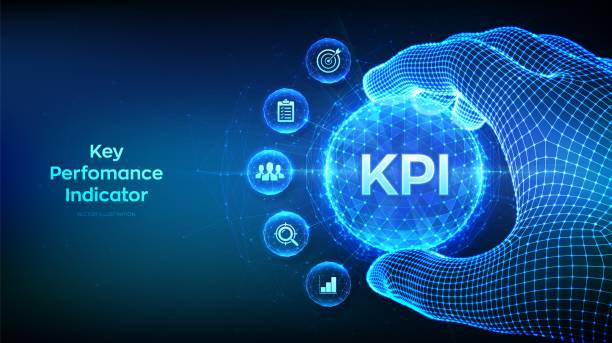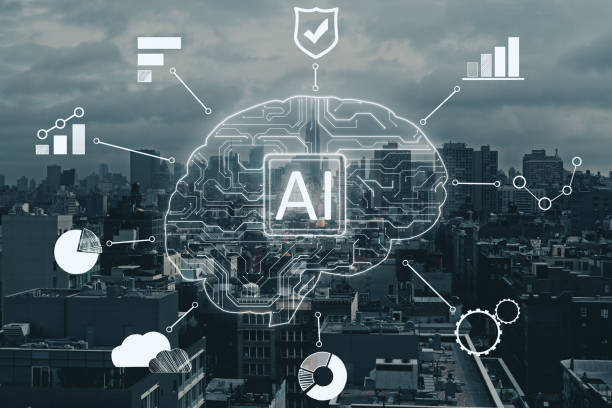Introduction to On-Page SEO and Its Critical Importance
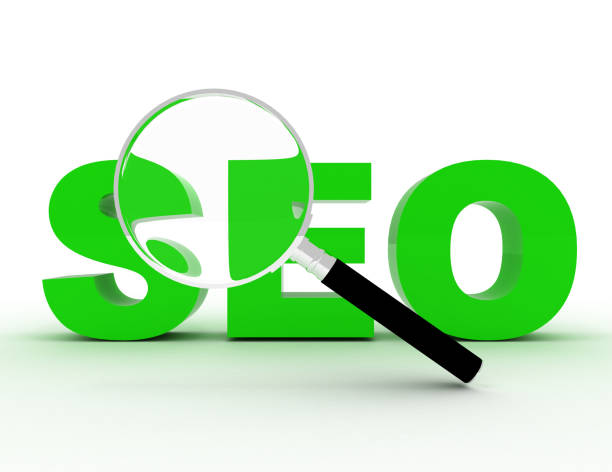
In today’s competitive internet world, an online presence is not just about having a website; it requires visibility and ranking at the top of search results.
This is where #On-Page_SEO, or #In-page_Optimization, plays its vital role. On-page SEO refers to a set of actions performed within your website to improve its ranking in search engines.
These actions include content optimization, site structure, keywords, and technical elements.
The ultimate goal is to provide an excellent user experience while sending clear signals to search engines about the quality and relevance of your content.
Without a strong on-page SEO strategy, even the best content may never reach its target audience.
This educational section provides a foundation for a deeper understanding of the concepts ahead and clarifies the importance of these actions for the sustainable growth of your online business.
In fact, on-page SEO is considered the backbone of any successful SEO strategy and helps your website not only appeal to users but also appear understandable and credible to complex search engine algorithms.
Investing in this area will yield long-term and significant returns, paving the way for attracting organic traffic.
A precise understanding of on-page SEO principles is the first step towards success in the digital realm.
Worried about losing customers because you don’t have a professional e-commerce website?
Forget these worries with e-commerce website design by Rasaweb!
✅ Significant increase in sales and conversion rate from visitor to customer
✅ Professional and user-friendly design that gains customer trust
⚡ Get free consultation from Rasaweb
Keyword Research: The Backbone of On-Page SEO
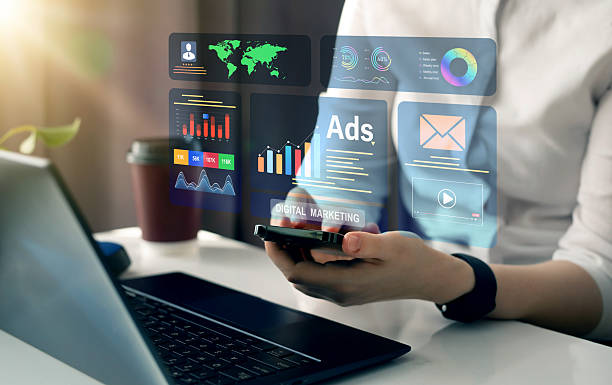
Keyword research is the starting point of every successful on-page SEO project.
Without a proper understanding of the words your target audience uses to search for information, products, or services, you cannot create content that meets their needs and ranks in search engines.
This specialized stage goes beyond merely finding high-volume keywords; it involves understanding user intent behind each search, analyzing competition, and identifying long-tail keywords that bring more targeted traffic.
Tools like Google Keyword Planner, Ahrefs, Semrush, and KWFinder can assist you in this process.
By accurately analyzing this data, you can create a list of primary and secondary keywords that will serve as the main framework for optimizing your content and site structure.
This analytical process allows you not only to focus on highly competitive keywords but also to identify opportunities to attract traffic through specific and less competitive niches.
The keyword strategy should be dynamic and continuously updated with changes in algorithms and user behavior.
Ultimately, effective keyword research ensures that your on-page SEO efforts are optimized and targeted, and that your content reaches exactly those who are looking for it.
This stage is the foundation of any efficient content strategy.
Optimizing Title Tags and Meta Descriptions in On-Page SEO

Title Tag and Meta Description are the first impressions users and search engines have of your page, and they play a vital role in on-page SEO.
The title tag is the title displayed in the browser’s top bar and in search results, and it should contain the page’s main keyword, be appealing enough for a user to click, and be between 50 and 60 characters.
The meta description is also a short, enticing summary of the page’s content that appears below the title in search results and encourages users to click.
These descriptions do not directly affect ranking, but they significantly impact the click-through rate (CTR).
A good meta description should include relevant keywords, a call to action (Call to Action), and a descriptive and catchy message.
Using emojis can, in some cases, increase the visual appeal of meta descriptions.
Optimizing these elements in on-page SEO not only helps search engines better understand your page’s content but also signals to users that your page is exactly what they are looking for.
These elements are often the user’s first point of contact with your website in search results, so their importance in attracting organic traffic is undeniable.
| Element | Description | Importance for On-Page SEO |
|---|---|---|
| Title Tag | The main title of the page displayed in search results and browser tabs. | Most important on-page signal to the search engine; direct impact on ranking and CTR. |
| Meta Description | A short summary of the page content visible below the title in search results. | Indirect impact on ranking by increasing CTR (Click-Through Rate). |
| Keywords | Phrases users use for searching. | Essential for connecting the page with user search and search engine understanding. |
| Call to Action (CTA) | A phrase that encourages the user to perform a specific action. | Increases click-through rate by encouraging users to visit the page. |
The Role of Quality Content in On-Page SEO
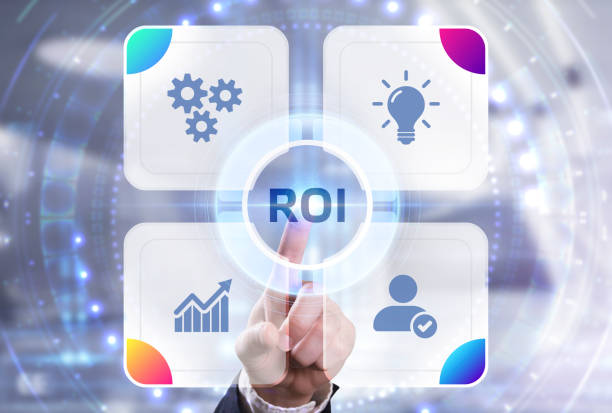
Content is king, and this principle holds truer than ever in on-page SEO.
Search engines are increasingly focusing on the quality and relevance of content to user intent.
Quality content must not only be comprehensive, accurate, and authoritative, but also structured in a way that is readable and understandable for both users and search engines.
This includes the correct use of headings (H1, H2, H3), short paragraphs, lists, and images.
Creating long-form, in-depth content that addresses all aspects of a topic can help you rank for a wider range of keywords and establish yourself as an authority in your field.
Furthermore, naturally incorporating primary keywords and their synonyms into the text, without keyword stuffing, is crucial.
Producing thought-provoking content that piques user curiosity or engaging content that keeps users involved can increase dwell time, which is a positive signal for search engines.
Regularly updating old content and adding new information also helps maintain the freshness and credibility of your website.
In summary, rich and useful content is the cornerstone of any successful on-page optimization strategy, and without it, other efforts in the field of search engine optimization will be fruitless.
Research shows that 80% of customers trust companies with professional websites more. Does your current website attract this trust?
With Rasaweb’s corporate website design services, permanently solve the problem of customer distrust and a weak online image!
✅ Create a professional image and increase customer trust
✅ Attract more sales leads and business growth
⚡ Get free consultation
The Importance of Optimizing Images and Multimedia Files in On-Page SEO
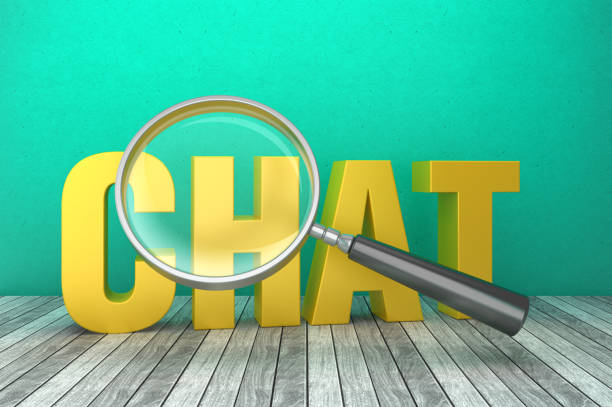
Images and multimedia files not only enhance user experience but can also be a significant source of organic traffic, provided they are correctly optimized for on-page SEO.
The first step is to compress images to reduce their size without significant loss of quality, thereby preventing a decrease in page loading speed.
This is especially crucial for mobile users.
Using optimized image formats like WebP is also recommended.
The next step is to use descriptive filenames that include relevant keywords for images.
For example, instead of “IMG_1234.jpg”, use “image-optimization-on-page-seo.jpg”.
Most importantly, is the alt tag (Alt Text) for images. This tag provides a textual description of the image content, which is important not only for visually impaired individuals but also helps search engines understand the image’s content.
The alt tag should include relevant keywords and descriptively recount the image’s content.
Additionally, adding captions to images can improve user experience and naturally incorporate more keywords into the page.
For videos, using schema files for video, and optimizing video titles and descriptions on platforms like YouTube is also important.
These small but vital actions significantly help improve your website’s ranking in image and general search results and are an inseparable part of the on-page SEO optimization strategy.
URL Structure and Internal Linking in On-Page SEO

URL (Uniform Resource Locator) structure and internal linking strategy are two other important factors in optimizing on-page SEO.
Optimized URLs should be short, readable, and include the page’s main keywords.
They should reflect your site’s hierarchical structure and avoid extra or incomprehensible characters.
Clean URLs help search engines better understand your site’s structure and content, and they are also more understandable and memorable for users.
For example, instead of “yoursite.com/?p=123″, use “yoursite.com/blog/what-is-on-page-seo”.
Internal linking is also the process of connecting different pages within a website to each other.
This has several benefits:
- Helps search engines understand your site’s structure and discover new pages.
- Distributes “Link Equity” throughout your site, giving more power to important pages.
- Improves user experience by providing logical navigation paths.
Using descriptive and keyword-rich anchor text in internal links is very important.
This provides search engines with more information about the content of the destination page.
Proper internal linking is an essential guide for search engines to understand the depth and breadth of your site.
A strong and logical internal link network indicates an organized and content-rich site, which leads to improved ranking in search results.
This part of on-page optimization is crucial for increasing the visibility and authority of your website pages.
Website Loading Speed and User Experience (UX) in On-Page SEO
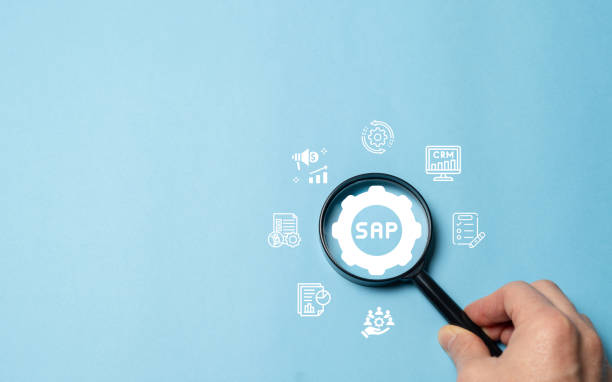
Website loading speed and user experience (UX) are critical factors that Google increasingly weights in its ranking algorithms.
Modern users expect websites to load quickly; every second of delay can lead to an increase in bounce rate and a decrease in user engagement.
This directly affects your on-page SEO.
Google has introduced specific metrics for evaluating page experience with Core Web Vitals (including Largest Contentful Paint, First Input Delay, Cumulative Layout Shift).
To improve site speed, you can take the following actions:
- Compressing images and using modern formats.
- Minifying CSS and JavaScript codes.
- Using browser caching and CDN (Content Delivery Network).
- Choosing quality hosting.
User experience (UX) goes beyond speed; it includes responsive design (for mobile), easy navigation, readable content, and attractive visual design. Good UX keeps users on your site longer, increases conversion rates, and sends positive signals to search engines.
This analytical approach helps you identify and address your website’s weaknesses.
Mobile optimization is particularly important because most searches are conducted on mobile devices.
These actions not only help improve your on-page SEO ranking but also increase user satisfaction, ultimately leading to your business growth.
| Tool | Main Use | Impact on On-Page SEO |
|---|---|---|
| Google PageSpeed Insights | Analyzes website loading speed on desktop and mobile, provides improvement suggestions. | Identifies and resolves speed bottlenecks, improves Core Web Vitals. |
| Google Search Console | Reports page experience issues, including Core Web Vitals and mobile usability. | Monitors site UX performance from Google’s perspective. |
| Lighthouse (Chrome DevTools) | Automated audit tool for performance, accessibility, best practices, and SEO. | Provides scores and comprehensive suggestions for technical improvements. |
| GTmetrix / Pingdom Tools | Deep analysis of loading speed, display of request waterfall, and optimization suggestions. | Helps identify sources of slowness and optimize them. |
Technical SEO and Its Relationship with On-Page SEO
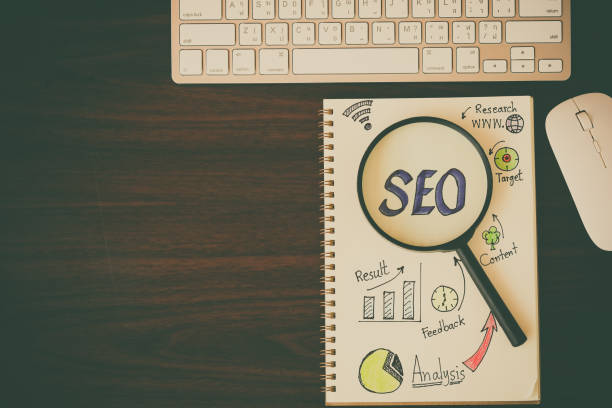
While on-page SEO primarily focuses on content and visible elements of a page, technical SEO addresses the technical aspects of a website that affect its crawling and indexing by search engines.
These two areas are closely intertwined; a site with poor technical SEO, even with the best content and on-page optimization, may never be properly seen by search engines.
Important technical SEO elements related to on-page SEO include:
- Robots.txt File: This file tells search engines which parts of your site they can crawl and which they should not.
Proper management is crucial to prevent crawling unnecessary pages. - XML Sitemap: A list of all important pages on your site that helps search engines understand the site’s structure and find new or updated pages faster.
- Schema Markup Data Structure: Using structured schema helps search engines better understand your content and display it as Rich Snippets in search results, which can significantly increase click-through rates.
- Canonicalization: Resolving duplicate content issues by using canonical tags to point to the original version of a page, preventing penalties from Google.
- SSL/HTTPS: Website security through an SSL certificate is a ranking factor and also builds user trust.
Addressing these technical issues provides the necessary infrastructure for successful on-page optimization.
This is a crucial and vital part of SEO knowledge that is often overlooked by beginners.
Without a solid technical foundation, all your efforts to create great content and optimize internal elements may not come to fruition.
Are you tired of your e-commerce website getting visitors but no sales? Rasaweb solves your main problem with professional e-commerce website design!
✅ Significant sales increase with targeted design
✅ Flawless user experience for your customers
⚡ Get a free consultation!
Monitoring and Analyzing On-Page SEO Performance
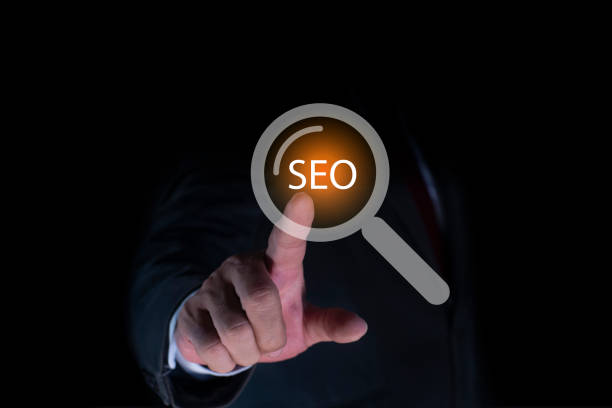
After implementing on-page SEO strategies, the next step is continuous performance monitoring and analysis.
Without accurate data, you cannot know which actions have been effective and which need improvement.
Tools like Google Analytics and Google Search Console are two inseparable companions on this path.
Google Analytics:
This tool allows you to track your website traffic, including traffic source, user behavior on the site (such as dwell time, pages visited, bounce rate), and conversion rates.
By analyzing this data, you can identify content that generates the most engagement and understand user behavior patterns.
For example, if a specific page has a high bounce rate, it may need content revision or UX improvement.
Google Search Console:
This tool gives you direct information on how Google interacts with your site.
You can see which keywords caused your site to appear in search results (Impressions), how many times users clicked on them (Clicks), and your site’s average ranking for each keyword.
This tool also reports website errors and technical issues, such as crawl errors, indexing problems, and mobile usability issues.
Furthermore, paid SEO tools like Ahrefs and Semrush offer deeper insights into backlinks, competitor keywords, and your site’s overall SEO status. This continuous analytical monitoring helps you dynamically adjust your On-Page optimization strategy and ensure you are always on the right track to achieve your SEO goals.
This process allows you to stay aware of any changes in search engine algorithms and react quickly.
Updates and Advanced On-Page SEO Strategies

The world of SEO is constantly evolving, and what works today might not be effective tomorrow.
Therefore, continuously updating knowledge and on-page SEO strategies is of paramount importance.
Google regularly updates its algorithms and places more emphasis on new factors like Search Intent and Page Experience.
Some advanced strategies for improving on-page SEO include:
- Search Intent Optimization: Going beyond keywords to understand what the user is truly looking for and providing content that precisely meets that need.
- Creating E-A-T Content (Expertise, Authoritativeness, Trustworthiness): Google looks for credible and reliable sources.
Producing content that demonstrates expertise, authority, and trustworthiness helps improve rankings. - Using Natural Language Processing (NLP): Instead of merely repeating keywords, using related phrases and synonyms that Google can understand adds depth to your content.
- Optimizing for Featured Snippets: Structuring content to concisely and effectively answer common questions increases the chance of your content being displayed as a Featured Snippet.
- Branding and Public Relations: Although not directly part of on-page SEO, increasing brand awareness and building a good reputation can lead to more direct searches and positive signals for overall site SEO.
This section provides guidance for maintaining competitiveness in the online space. By implementing these advanced approaches and monitoring the latest news regarding Google’s algorithms, you can ensure that your on-page SEO strategy is always at its peak performance and helps attract stable and targeted traffic.
This continuous process not only aids your site’s growth but also establishes you as an authority in your field.
Frequently Asked Questions
| Row | Question | Answer |
|---|---|---|
| 1 | What is On-Page SEO? | On-page SEO refers to a set of actions performed within a website (on its pages) to improve the site’s ranking in search engine results. This includes optimizing content, site structure, and HTML codes. |
| 2 | Why is On-Page SEO important? | On-page SEO helps search engines better understand page content and determine whether that page is relevant and valuable for user searches. This better understanding leads to higher rankings. |
| 3 | What is the first and most important step in On-Page SEO? | Keyword Research is the most important initial step. By finding appropriate keywords, targeted content relevant to user needs can be produced. |
| 4 | What is the role of the Title Tag in On-Page SEO? | The title tag is one of the most important ranking factors and should include the main keyword. This tag is displayed as the page title in search results and influences the click-through rate (CTR). |
| 5 | What is the importance of Meta Description? | Meta descriptions do not directly affect ranking, but by providing an attractive summary of the page’s content in search results, they can encourage users to click, thereby increasing the click-through rate (CTR). |
| 6 | Why is using headings (H1, H2, etc.) important in content? | Headings help structure content and improve readability for users and search engine crawlers. Using keywords in headings also helps search engines better understand the topic. |
| 7 | What does Image Optimization in On-Page SEO involve? | It includes compressing images to reduce file size, using descriptive and relevant filenames, and populating the Alt tag (alternative text) with relevant keywords to help search engines understand the image content. |
| 8 | What is Internal Linking in On-Page SEO? | Internal linking refers to creating links between different pages within a website. This helps distribute page authority (Link Equity), improve user experience, and assist search engine crawlers in discovering new pages. |
| 9 | Why is Page Speed important for On-Page SEO? | Page loading speed is a direct ranking factor and significantly impacts user experience. Slow pages can lead to an increased bounce rate (Bounce Rate) and decreased user engagement. |
| 10 | What role does quality content play in On-Page SEO? | Quality, comprehensive, unique, and valuable content for the user is the core of on-page SEO. This content not only attracts and retains users but also sends positive signals to search engines, leading to better rankings. |
And other advertising services from Rasaweb Advertising Agency
Smart Direct Marketing: Designed for businesses looking to increase sales through the use of real data.
Smart Website Development: A combination of creativity and technology to increase click-through rates through Google Ads management.
Smart Customer Journey Map: Professional optimization to increase website traffic using marketing automation.
Smart Link Building: Professional optimization for analyzing customer behavior using intelligent data analysis.
Smart Link Building: A creative platform to improve SEO rankings with attractive UI design.
And over a hundred other services in the field of internet advertising, advertising consultation, and organizational solutions
Internet Advertising | Advertising Strategy | Advertorial
Resources
- Aparat – SEO Results
- Zoomit – SEO Articles
- Mizbanfa – SEO Blog
- Virgool – Complete Guide to On-Page SEO
? Are you ready for your business to grow and shine in the online space? Rasaweb Afarin Digital Marketing Agency, with expertise in areas such as personal website design, SEO, and content marketing, is your guide to success.
📍 Tehran, Mirdamad Street, next to Central Bank, Southern Kazeroun Alley, Ramin Alley, No. 6


